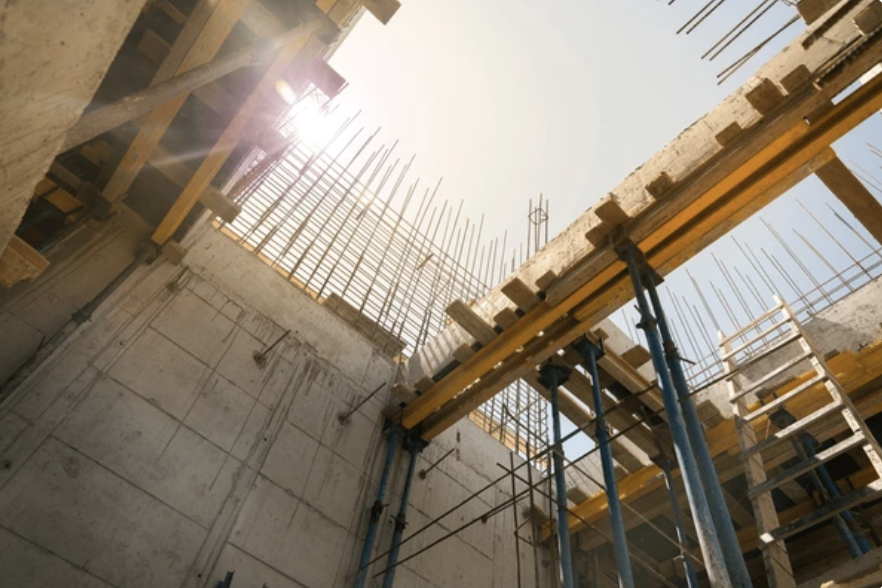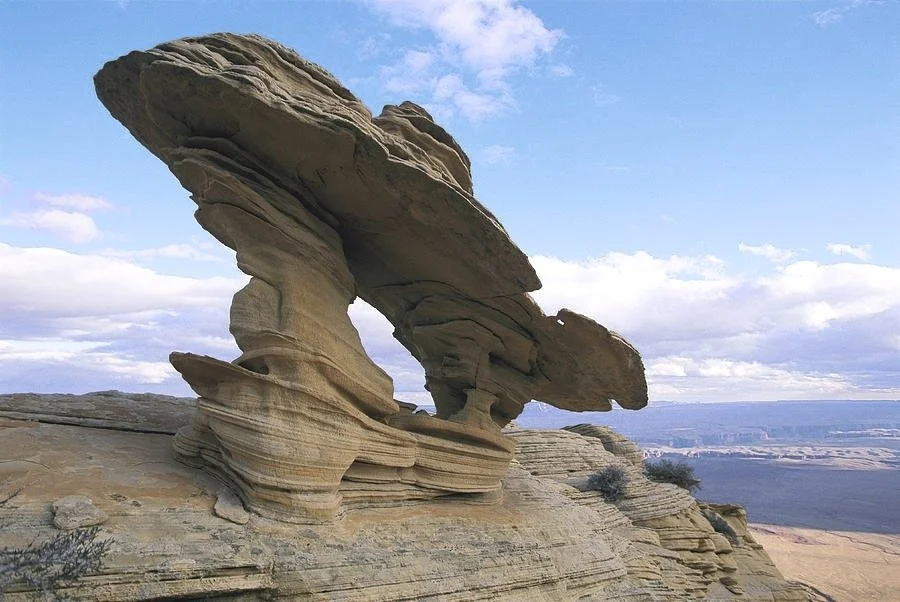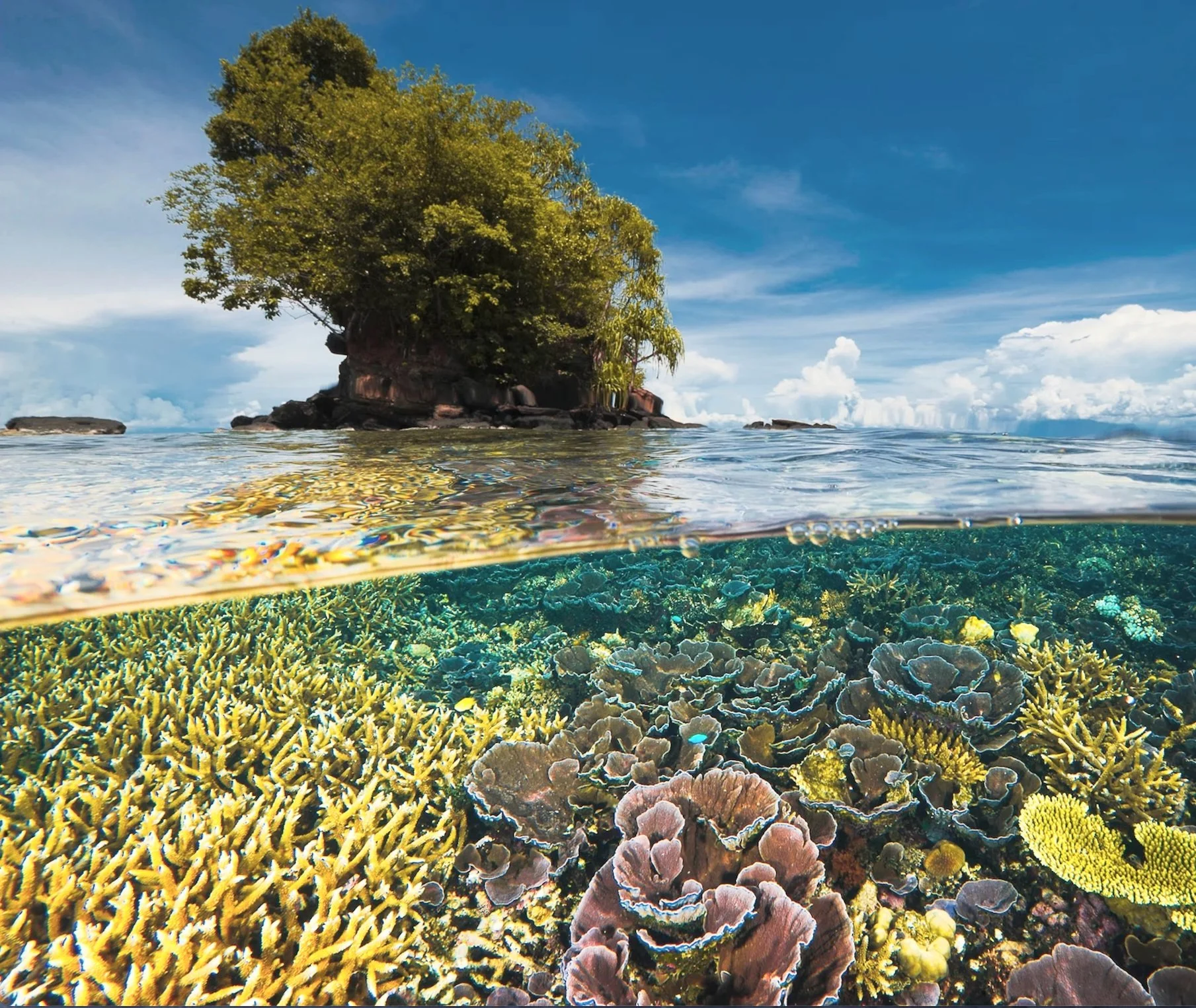
2nd Grade Science
Landscape Shapes
-
Your child will explore patterns in the shapes and locations of landforms and bodies of water on Earth. Each student will create their own island model with various landforms. Together we will discuss the following concepts:
Bodies of water are found all over Earth and can be solid or liquid.
There are various shapes and kinds of land on Earth, as well as different bodies of water in an area.
-
Mapping Our World
Forms of Water on Earth
-
Develop a model to represent the shapes and kinds of land and bodies of water in an area.2-ESS2-2
Obtain information to identify where water is found on Earth and that it can be solid or liquid. 2-ESS2-3
Materials & Matter
-
In class we will explore the differences in material properties and how they are important to landscapes and landforms, including the strength of the materials and their ability to absorb water. Your child’s mission will be to build a stable structure using various natural materials. They will use their knowledge of the different properties of matter to decide which materials will be the best to use. In this chapter we will explore concepts like:
Materials can be classified by their observable properties.
Materials can be tested in a variety of ways to determine which material is best suited for an intended purpose.
An object made of a small set of pieces can be disassembled and made into a new object.
Some changes in matter, such as those caused by mixing, heating, or cooling, can be reversed, and some cannot. -
Properties and States of Matter
Properties of Materials
Building Blocks of Matter
Changes from Heat
-
Plan and conduct an investigation to describe and classify different kinds of materials by their observable properties. 2-PS1-1
Analyze data obtained from testing different materials to determine which materials have the properties that are best suited for an intended purpose.
2-PS1-2Make observations to construct an evidence-based account of how an object made of a small set of pieces can be disassembled and made into a new object.2-PS1-3
Construct an argument with evidence that some changes caused by heating or cooling can be reversed and some cannot. 2-PS1-4
Analyze data from tests of two objects designed to solve the same problem to compare the strengths and weaknesses of how each performs. K-2-ETS1-3
Landscape Changes
-
2nd graders will explore changes that can occur to Earth’s landscape. These changes sculpt Earth’s landforms and can occur over many, many years, or they can occur quickly. Your child’s mission will be to develop an action plan to predict the likely locations of erosion. In addition, your child will suggest ways areas might be changed to prevent erosion in the future. Through hands-on exploration and discussions, they will learn that:
Earth events can occur quickly or slowly.
Engineering solutions can be designed to slow or prevent wind or water from changing the shape of the land. -
Quick Changes to Land
Slow Changes to Land
Effects of Wind and Water
-
Use information from several sources to provide evidence that Earth events can occur quickly or slowly. 2-ESS1-1
Compare multiple solutions designed to slow or prevent wind or water from changing the shape of the land.
2-ESS2-1Develop a simple sketch, drawing, or physical model to illustrate how the shape of an object helps it function as needed to solve a given problem.
K-2-ETS1-2
Biodiversity in Landscapes
-
We will learn how different landscapes support the basic needs of different plants and animals. Your child’s mission will be to research a biome and present what they learned to the class. The presentation will include a poster that shows the relationship between all the living things in the habitat. Our goal for this chapter is to understand that:
Plants need sunlight and water to grow.
There is a diversity of life (plants and animals) in different habitats.
Some animals play an important role in dispersing seeds and pollinating plants
-
What Plants Need
Animal and Plant Dependence
Diversity of Living Things
-
Plan and conduct an investigation to determine if plants need sunlight and water to grow. 2-LS2-1
Develop a simple model that mimics the function of an animal in dispersing seeds or pollinating plants. 2-LS2-2
Make observations of plants and animals to compare the diversity of life in different habitats.
2-LS4-1



